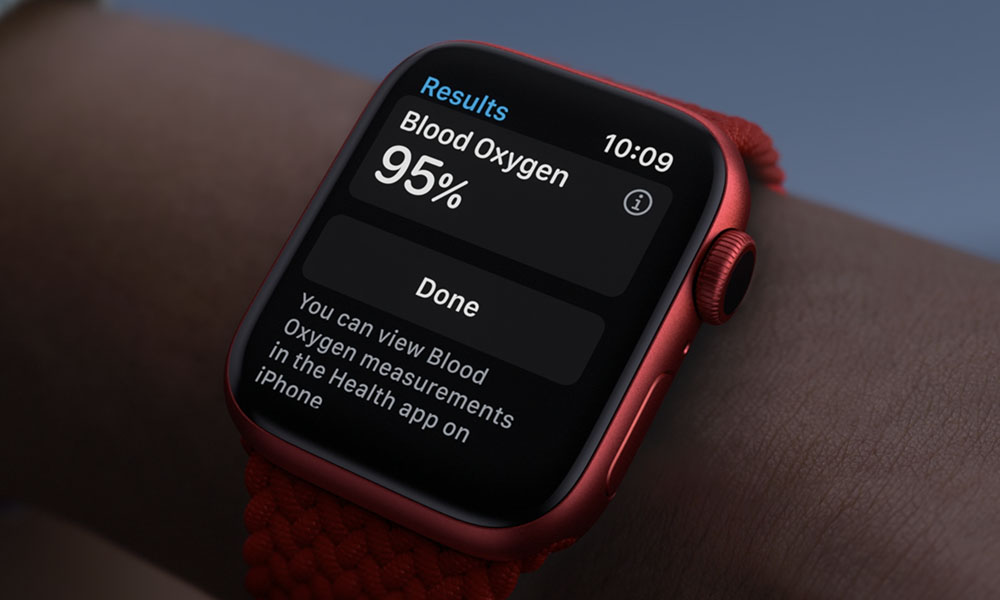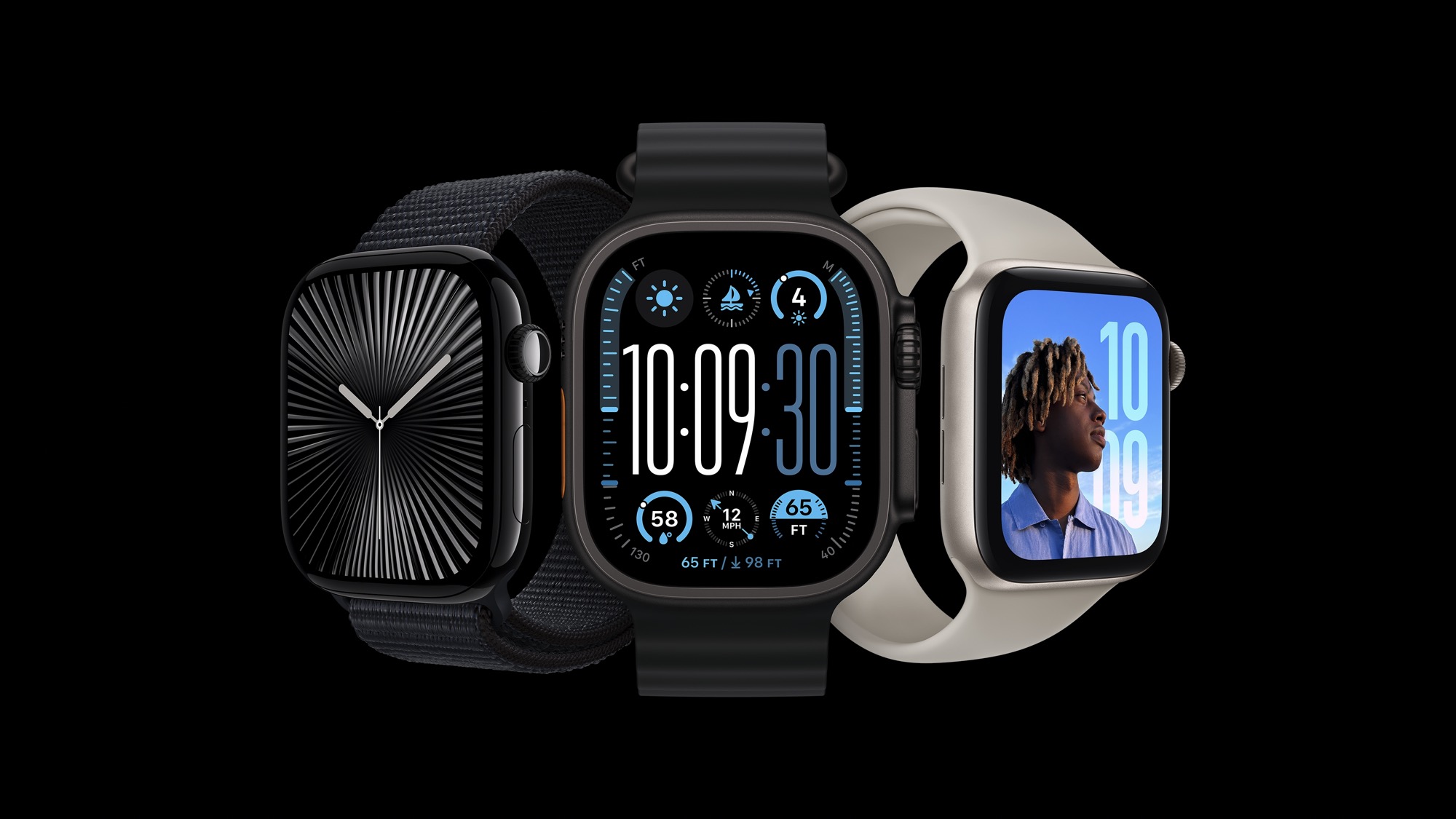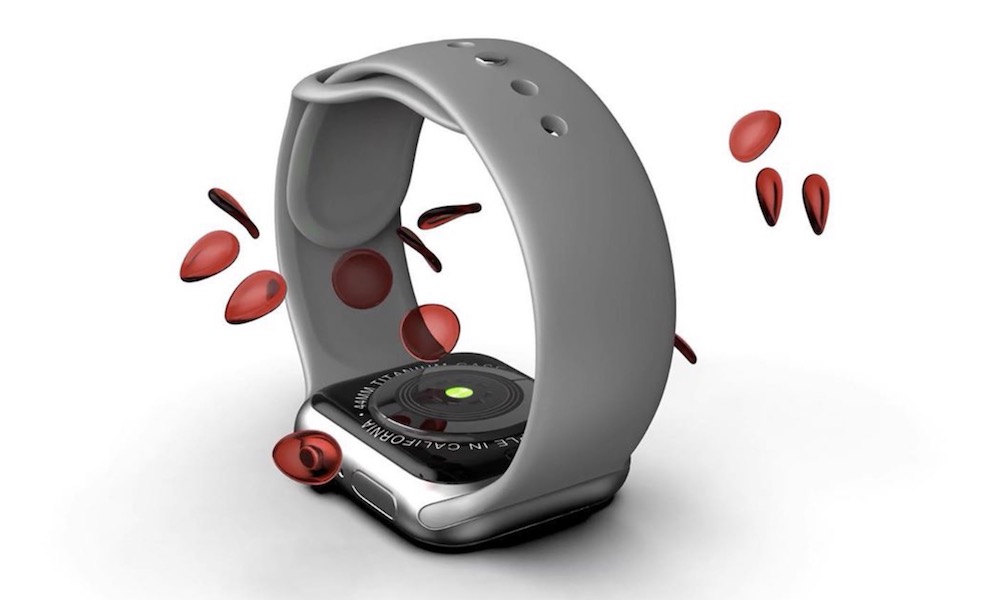The Apple Watch Blood Oxygen Sensor Triumphantly Returns
 Apple
Apple
Toggle Dark Mode
After an 18-month hiatus, blood oxygen monitoring is returning to the Apple Watch in the United States. Apple formally announced the news this morning, and it’s wasted no time in releasing a pair of small iOS and watchOS updates that are explicitly designed to restore the old functionality.
To be clear, the patent fight that banned the blood oxygen sensor in the first place still rages on. Apple hasn’t won any meaningful ground in its battle with Masimo, which resulted in the US International Trade Commission issuing the import and sales ban in late 2023. Instead, Apple has figured out a way to get around it.
As Apple notes in its press release, users with newer Apple Watch models will get access to a “redesigned Blood Oxygen feature” that presumably doesn’t violate any of the patents claimed by Masimo, at least on the surface. The smaller health tech company may argue that the new technology also violates its intellectual property, but it will have to prove that in another round of court cases, which could take years — possibly even beyond the life of Masimo’s patents, which will expire in 2028.
This isn’t the first workaround that Apple has had to come up with. When the initial order was handed down by the ITC, Apple was forced to pull all of its infringing Apple Watch models from sale. They were back on shelves a day later, but only because Apple won a temporary stay on the ban pending the outcome of the appeal.
The ban was ultimately upheld, but while it was working its way through the courts, Apple’s engineers were working on ways to disable the blood oxygen sensor in software, on the belief that this would be enough to exclude the Apple Watch Series 9 and Apple Watch Ultra 2 from the ban. Masimo tried to argue that a software block was insufficient, but US Customs disagreed and allowed the Apple Watch models to go back on sale without the blood oxygen sensor activated.
Since this was strictly a software block, it seemed clear from the start that Apple would be able to re-enable the sensor in a future software update. It was always presumed that this would only happen if it prevailed in its appeals on Masimo’s patent litigation or the patents expired in a few years. However, we should have known that Apple had been frantically working on other ways to make it happen using the existing hardware.
The ruling only impacted Apple Watch models sold in the United States, and it also wasn’t retroactive, meaning anyone who bought an Apple Watch even a day before the ban came into effect could continue using the original blood oxygen sensor. However, any Apple Watch sold by Apple after January 18, 2024, had a slightly different part number to indicate the sensor was disabled. Third-party retailers likely continued selling older models out of their existing inventory for a while, as the ITC’s sales ban only applied to Apple directly, but it’s a safe bet that by the time we were a few months into 2024, all the Apple Watches being sold were without the blood oxygen monitoring feature.

Since the Apple Watch Series 10 wasn’t released until September, no version of that model was ever sold in the US with the blood oxygen sensor enabled.
Today’s releases of iOS 18.6.1 and watchOS 11.6.1 resolve that, bringing the “redesigned” blood oxygen monitoring feature to all Apple Watch models with the necessary hardware. While Apple doesn’t directly comment on the accuracy of the new feature, it does say that it relies on the iPhone to perform the necessary processing.
Following this update, sensor data from the Blood Oxygen app on Apple Watch will be measured and calculated on the paired iPhone, and results can be viewed in the Respiratory section of the Health app. This update was enabled by a recent U.S. Customs ruling.
This presumably allows it to take advantage of a loophole in Masimo’s patents, although there’s little doubt that Masimo will challenge this. The health tech company was quite vocal in maintaining that a software fix should never have been sufficient to bypass the ban, as it firmly believed it was Apple’s sensor hardware that infringed on its patents. Since the hardware hasn’t changed, it’s likely Masimo’s position won’t have changed on this, although a changing of the guard at the company last year might make it less vehement in its opposition.
Lastly, Apple adds that it’s still business as usual for the Apple Watch units that already have blood oxygen monitoring. “There will be no impact to Apple Watch units previously purchased that include the original Blood Oxygen feature, nor to Apple Watch units purchased outside of the U.S.,” the company’s announcement says.








